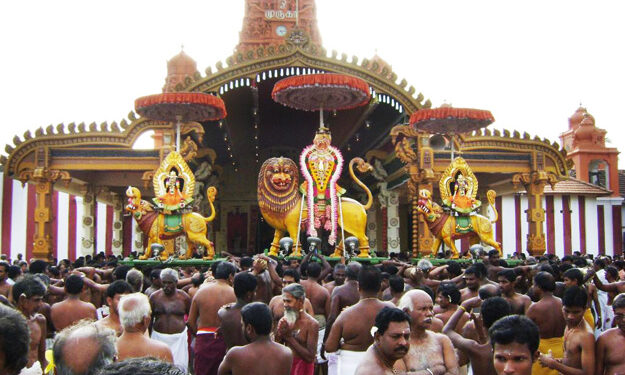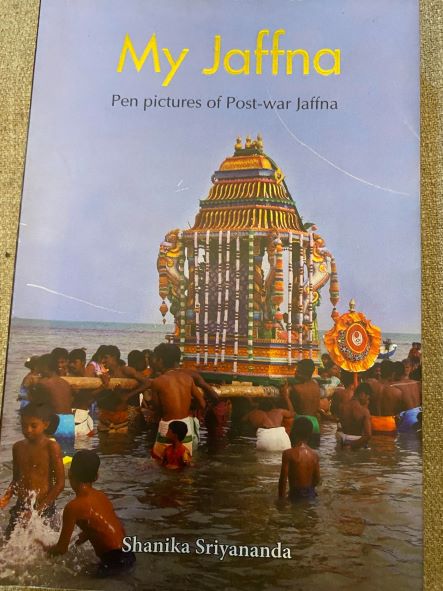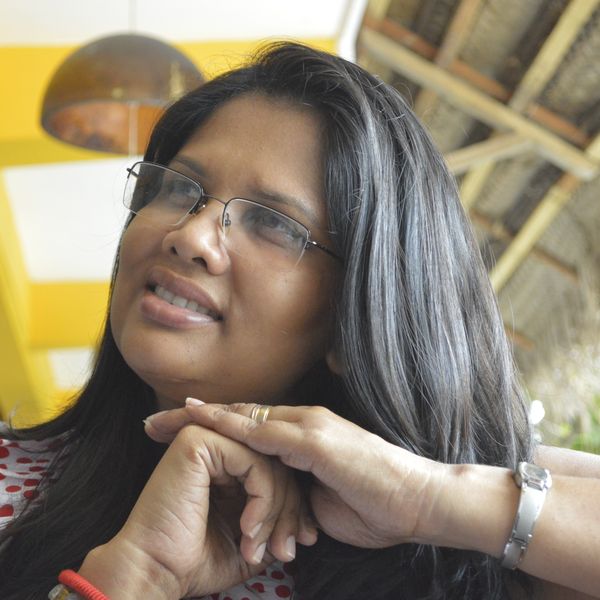Book Review: “My Jaffna: Pen Pictures of Post-war Jaffna” by Shanika Sriyananda, Fast Publishing (Pvt) Ltd.
Posted on December 28th, 2021
Courtesy NewsIn.Asia

Colombo, December 28 (Colombo Times): When you are writing the book, write that Jaffna people love Sinhala people. We both want to live together like how we lived for centuries without getting burned by the flames of separatism” – Selvaratnam, resident of Jaffna
The political rhetoric very often grabs headlines. The shrill voices of emotive appeal very often tend to paint a black and white picture, drowning out the many shades of grey that constitute everyday life experiences. In My Jaffna: Pen Pictures of Post-War Jaffna” Shanika Sriyananda has attempted to do justice to the voices of people living everyday experiences through the challenges of conflict and suffering. In this book, the author focuses on the relationship between the local residents and the Army, and also the recollections of local residents about their relations with the Sinhalese during the war. Today, the government as well as many Sri Lankans are keen on bringing about reconciliation among the ethnic groups in the country. In this context, authentic testimony by local residents about their interactions with the Army as well as the Sinhalese people in general, is essential because it helps combat propaganda often spread by Sri Lanka’s critics including LTTE-friendly groups abroad that the relationship between Tamils and Sinhalese is one of perennial enmity and hatred.
First, with regard to the relationship between the local residents and the Sri Lanka Army, whereas Sri Lanka’s critics and LTTE friendly groups claim that the local residents see the Army as an oppressive presence, the interviewees tell a different story, namely that they see the Army as a positive and helpful force. For example, in a chapter titled Saviours of the people” one of the interviewees, a doctor in Jaffna, describes the work done by the Army to uplift the medical services and the other related services in the area. He says, Many Hospitals in Jaffna were permanently or partly destroyed during the war but during the last four years all of them have been reconstructed or refurbished” ( Page 230). The same interviewee discusses the blood donation programs carried out with the assistance of the Army and points out the extraordinary fact that, The Army is the largest blood donor to the Jaffna Blood Bank” ( page 231 )

Another interviewee, in a chapter titled No more brainwashing of Youth” describes his experiences as a child growing up in LTTE-controlled Jaffna. He describes being subjected to LTTE propaganda about the Army. He says, I was sitting in the front bar of his bicycle [my father’s] when two soldiers at a checkpoint stopped us. I closed my eyes thinking they were going to kill me. I started crying. They were young soldiers and they gently touched my head telling Appa to take me to the doctor soon. I first checked whether they had blood-stained mouths and crooked legs. This was my first experience of a Sinhala soldier’s kindness and warmth. And then I knew they were not aliens, Today I laugh at myself when I recall these incidents but it was not our fault or the fault of any of the youth in my age group”( page 96)
To turn next to the recollections of relations with the Sinhalese, in a chapter titled ‘Appacchi the peacemaker” an interviewee discusses his experiences when the LTTE chased him away from Jaffna and he was forced to move to Dambulla. I was very happy to teach English to poor children from farmer families. My friendship with the Sinhalese runs to my University days when we shared the same room and the same plate of rice. I used to visit the houses of my Sinhalese friends. Lal Pataberiya, my batchmate and now a principal of a rural school is one of my good friends from those days.” (Page 55).

Finally, in a chapter titled Sinhala Teacher in Chunnakam,” an interviewee discusses his experiences teaching Sinhala in Jaffna. He says I firmly believe that learning each other’s language is essential in the post-conflict era. My friendship with the soldiers and the Sinhalese grew as I knew the language. For centuries, the Sinhalese and Tamils lived together but LTTE terrorism broke that relationship distancing us from each other. Now we have begun to live peacefully.”(Page 274)
Reconciliation is a process that involves not just restoring people’s physical lives but mending hearts and minds as well. The author of this book has shown a side of the Sinhala -Tamil relations that is not often discussed and often distorted through propaganda. Such positive stories need to be disseminated, especially among the younger generation and set as examples for future generations to emulate. The effort made in this regard through this work should be commended.
(Reviewer Hiruni Jayaratne is a Researcher in Conflicts and Human Rights and is a consultant to the Strategic Communication Unit at the Lakshman Kadirgamar Institute)